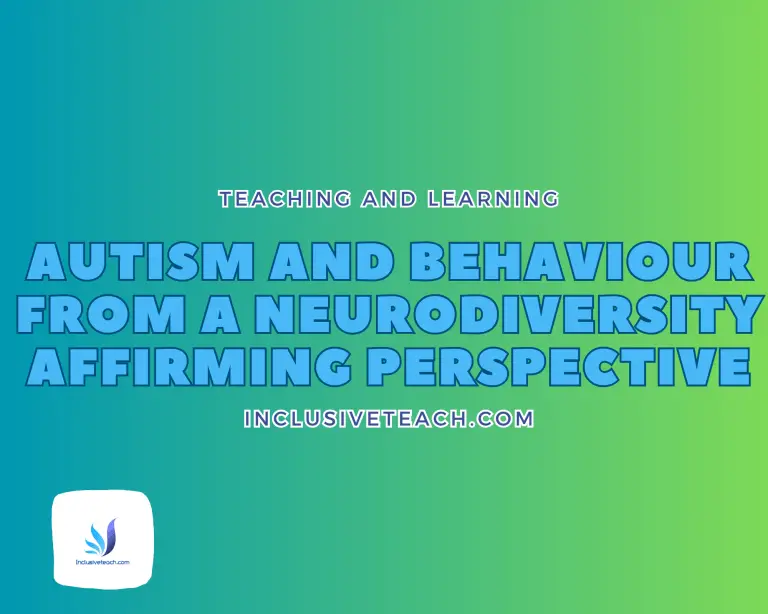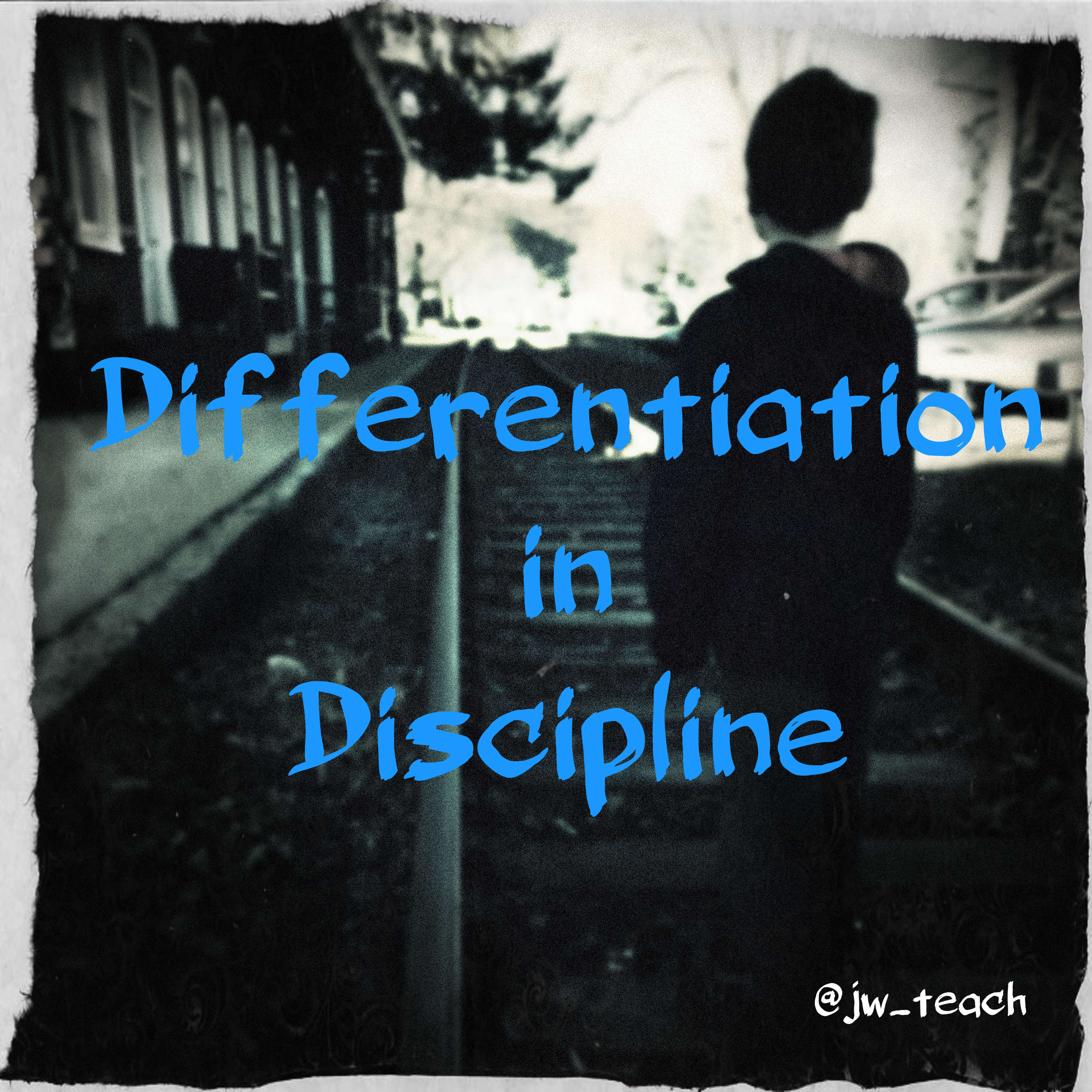Sensory Processing and Biting Behaviour
Biting: Don’t Just Look At The Behaviour
When a child displays a certain behaviour or action it is highly likely to be a response to an interaction or the environment. It may also be indicative of a medical or physical need. Before asking “How can I stop a pupil biting?” it is essential that you seek to understand what is driving that action. It is too simplistic to assume there is a malicious intent behind the bite. If you believe behaviour communicates a need please read on!
Here are some possible reasons why a child might bite themselves or another person:
- Sensory needs: Some children may have sensory processing challenges and may bite as a way to fulfil their need for oral stimulation.
- Communication difficulties: Children who have not yet developed verbal communication skills may use biting as a way to express their needs and wants. If they have bitten in the past and gained the desired result they may repeat this.
- Frustration or anger: Children may bite out of frustration or anger when they are unable to communicate their feelings effectively.
- Attention-needing: Some children may bite as a way to get attention or a reaction from others. This may be because an adult has switched attention to another task or child.
- Exploration: Infants and toddlers may bite as part of their natural exploration and curiosity about the world around them.
- Imitation: Children may learn to bite by observing others, such as peers or siblings, who engage in this behavior.
- Anxiety or stress: Children may bite as a way to cope with feelings of anxiety or stress.
- Pain! There may be a pain in their mouth, a loose tooth, an ulcer or other reason.
Making a Plan
Our go to is to make a plan to support the pupil to use an alternative behaviour or meet the need a different way. I am increasingly moving away from functional assessment but for behaviours you can’t identify a cause for it remains a good first step.
Functional assessment is a process that involves identifying the underlying function(s) of behaviour, and designing interventions that target those functions. When it comes to biting behaviour, there can be various underlying functions, including sensory functions.
Step 1: Define the Behaviour The first step in a functional assessment is to define the behaviour in question. It is important to be specific about the behaviour, so that it can be accurately recorded and everyone knows what you mean. For example, biting may be defined as “the child using their teeth to make contact with another person’s skin, causing a mark or injury.”. I think it is important to be clear with this, some child “nip” others will bite deeply and not release. Be clear so everyone knows how to respond.
Step 2: Collect Information The next step is to gather information about when and where the behaviour occurs, as well as any factors that seem to influence the behaviour. This can be done through direct observation, discussions with the team around the child, and a review of the child’s records. Some questions to ask might include:
- When does the child bite (e.g. during specific activities, at certain times of day)? If this is around or after eating I would suggest a dental appointment or try and see if there is food stuck between the teeth.
- Who is the child biting (e.g. peers, adults)?
- What are the consequences of the biting behaviour (e.g. does it result in attention, removal from a situation, access to a preferred activity)?
- Are there any triggers or antecedents to the biting behaviour (e.g. specific noises, smells, textures, or lighting conditions)? Often this will be a best guess.
Step 3: Now you are looking to identify any patterns or trends in the biting behaviour. If biting is found to occur more frequently in certain situations or with certain people, this may indicate that the behaviour serves a specific function. For example, if biting occurs primarily during times of high sensory stimulation (such as loud noises or bright lights), this may suggest that the behaviour is a way for the child to regulate their sensory system.
Step 4: Develop and Implement Interventions Based on the data analysis, interventions can be designed to target the underlying function(s) of the biting behavior. For sensory functions, interventions may include:
- Sensory Integration Therapy: This involves exposing the child to different sensory experiences in a structured and controlled manner, in order to help them learn to regulate their sensory system more effectively. These therapeutic Therapens or a Zvibe produce vibrations that may help.
- Environmental Modifications: Altering the child’s environment to reduce sensory overload or provide more opportunities for sensory input may also be helpful. For example, providing a sensory bin with materials like sand, water, or beads, or using noise-cancelling headphones during loud activities.
- Alternative Sensory Activities: Providing the child with alternative sensory activities that they find calming or regulating can also be helpful. For example, offering a weighted blanket or chew toys for oral input. Baby teethers (not ones that contain liquid) can be a cheap way to obtain these and try this.
- Teaching Replacement Behaviours: In addition to addressing sensory needs, it is important to teach the child alternative, more appropriate behaviours to replace biting. This could include teaching the child to ask for a break or a sensory activity they enjoy. This could be tapping a symbol or using PECS
If possible consult a trained professional, such as an occupational therapist, to design and implement appropriate interventions.

Therapy Pens Can Be Useful To Reduce Biting Behaviours
Suggested Strategies For Biting Behaviours
- Sensory Breaks: Provide the child with regular sensory breaks throughout the day to help them regulate their sensory system. Sensory breaks might involve activities such as going for a walk, engaging in deep breathing exercises, or playing with a fidget toy.
- Sensory Tools: Provide the child with sensory tools that they can use in the classroom to help them regulate their sensory system. This might include tools such as a weighted lap pad or blanket. These are increasingly affordable. A chew toy, or noise-cancelling headphones.
- Create a Sensory-friendly Environment: Create a sensory-friendly environment within the classroom. This might include using natural lighting instead of fluorescent lighting, minimising visual distractions by removing unnecessary posters or decorations, and providing comfortable seating options.
- Use Visual Schedules: Use visual schedules to help the child understand what activities are coming up throughout the day. This can help reduce anxiety and provide predictability.
- Modify Classroom Activities: Modify classroom activities to meet the child’s sensory needs. This might include allowing the child to stand or move around during class, providing opportunities for hands-on activities, or breaking tasks into smaller, more manageable pieces.
- Use Relaxation Techniques: Teach the child relaxation techniques such as deep breathing, progressive muscle relaxation.
- Collaborate with Teachers and Parents: Collaborate with the child’s teachers and parents to ensure that everyone is on the same page in terms of understanding the child’s sensory needs and implementing appropriate strategies.
We need to work together to develop individualised strategies to help children who become overwhelmed in a busy classroom.







2 Comments